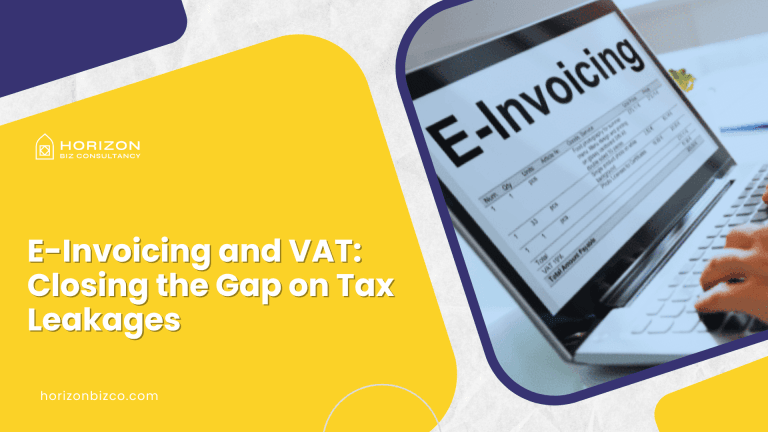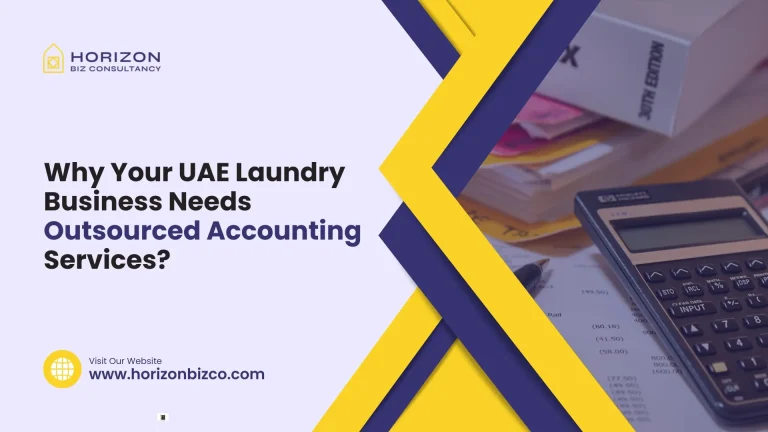For years, governments across the globe have grappled with one persistent challenge: tax leakages. Whether through underreporting, delayed filings, or lack of transaction-level visibility, VAT systems often struggle to capture the true flow of business.
This is where e-invoicing steps in as more than just a compliance requirement. In the UAE, e-invoicing is poised to redefine how businesses handle VAT, ensuring greater transparency, efficiency, and accountability.
Why E-Invoicing Matters for VAT Compliance
VAT is a transaction-based tax. Every sale, every purchase, and every adjustment contributes to the final liability. Traditional paper or PDF invoicing creates gaps, manual errors, delayed reporting, and even intentional misstatements.
E-invoicing addresses these gaps by:
- Standardization: Ensuring all invoices follow a uniform structure for easier verification.
- Real-Time Visibility: Transactions can be traced instantly by both businesses and tax authorities.
- Automation: Minimizing human error in VAT calculations and submissions.
- Audit Trail: Providing a digital footprint that is harder to manipulate.
For tax authorities, this means stronger oversight. For businesses, it means fewer disputes, smoother audits, and a more predictable VAT environment.
The Impact of Reducing Tax Leakages
Tax leakages often arise from:
- False invoicing
- Under-reporting sales
- Claiming excess input VAT
- Delayed reconciliations
E-invoicing combats these by creating a closed-loop system. Once an invoice is issued electronically, it is instantly recorded and verifiable. This makes it nearly impossible to alter or suppress data without detection.
The result? Higher VAT compliance, reduced fraud, and more accurate reporting.
Business Benefits Beyond Compliance
While e-invoicing is a regulatory push, businesses can unlock wider benefits:
- Cash Flow Management – Faster processing means quicker payments and improved working capital.
- Cost Efficiency – Lower printing, storage, and administrative overhead.
- Data Insights – Real-time invoice data helps CFOs and finance teams track revenue trends and forecast VAT liabilities more accurately.
- Global Integration – For multinationals, e-invoicing aligns with international tax reporting standards.
E-Invoicing vs Traditional Invoicing
| Aspect | Without E-Invoicing | With E-Invoicing |
| VAT Compliance Accuracy | Moderate, prone to errors | High, automated validation |
| Fraud Detection | Low, manual checks only | High, real-time detection |
| Invoice Processing Time | 3–5 days (manual/partial automation) | A few hours (fully automated) |
| Audit Preparedness | Reactive, time-consuming | Proactive, digital records ready |
| Operational Cost | High (printing, storage, admin overhead) | Low (digital-first approach) |
Preparing for E-Invoicing in the UAE
The shift is not just about switching software; it’s about aligning your finance processes. Companies should:
- Integrate ERP and accounting systems with e-invoicing platforms.
- Train finance teams to adapt to new reporting requirements.
- Regularly reconcile VAT returns with e-invoice data.
- Work with advisory partners to ensure compliance readiness.
Those who prepare early will not only stay compliant but also gain a competitive edge through efficiency and accuracy.
Conclusion
E-invoicing is not just a compliance mechanism; it is a strategic tool that reshapes how businesses manage VAT and financial reporting. By closing the gap on tax leakages it strengthens trust in the system while giving companies access to greater efficiency, accuracy, and insights.
For businesses in the UAE, adopting e-invoicing proactively is not merely about staying compliant with VAT rules; it’s about positioning themselves for growth in an increasingly transparent and digitized economy.
FAQ’s
E-invoicing standardizes and automates invoice reporting, reducing errors and ensuring all VAT-related transactions are visible to authorities in real time.
Since invoices are electronically recorded and verified, businesses cannot easily manipulate or omit transactions, closing loopholes for false or duplicate claims.
The UAE is gradually rolling out e-invoicing regulations. While large businesses are the first to comply, SMEs will be brought into the framework in phases.
Integration with existing systems, employee training, and adapting processes are common challenges, but once addressed, long-term efficiency improves.
It enhances cash flow management, reduces operational costs, and provides valuable real-time data for financial planning and forecasting.





